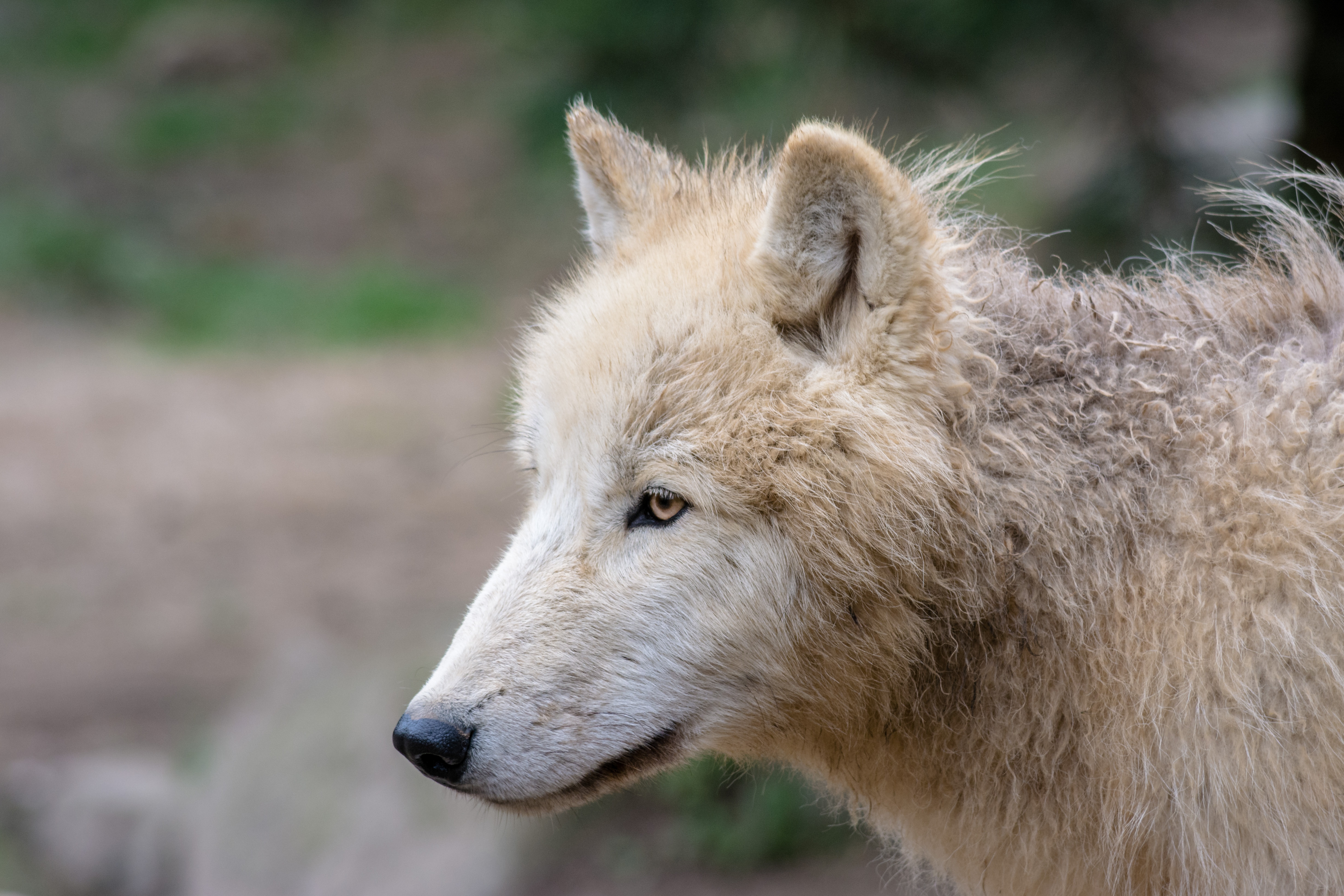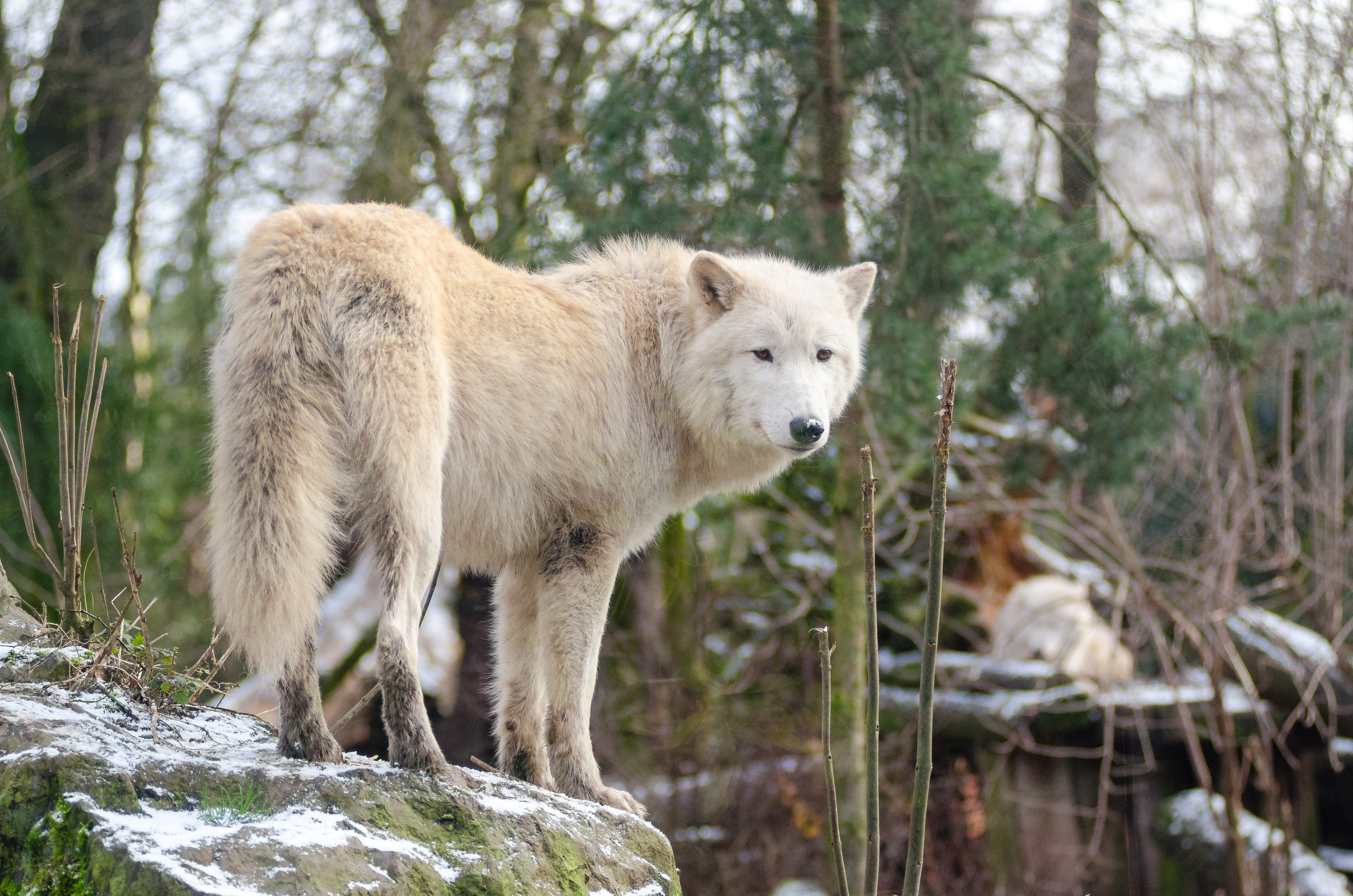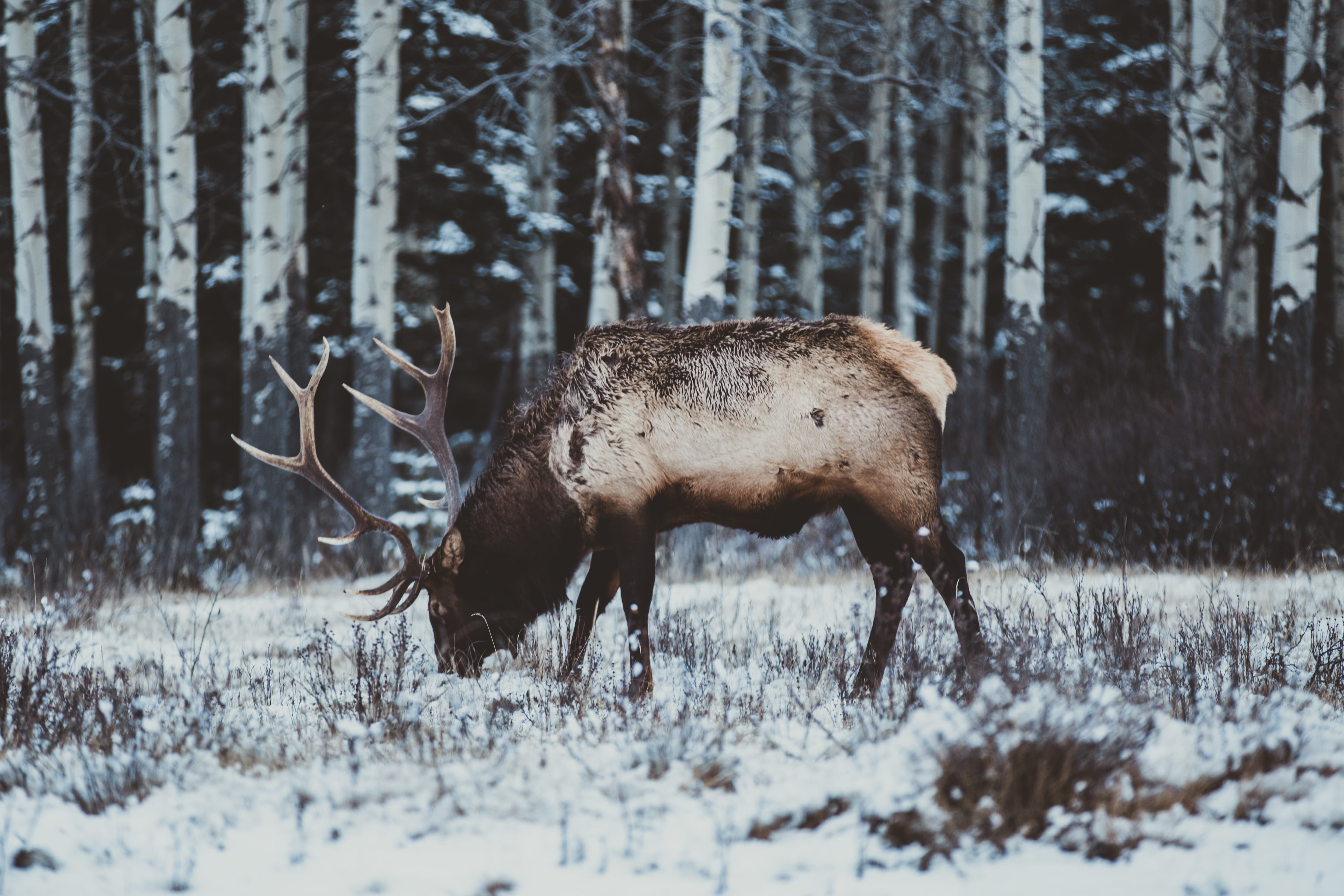Wolves speak to our souls, with their keening calls into the wild, usually underneath the moonlight, lending an ethereal glow to the experience. So where can we see one in the wilderness? How? When? Today, for the wildlife enthusiast among us, we’ll give the rundown on how to commune with these primal mammals in Yellowstone National Park and Grand Teton, even if it’s just through a strong pair of binoculars.
Where to See Wolves
Yellowstone National Park, and to some extent neighboring Grand Teton National Park, is the site of a wildlife success story and the best place to see these charismatic mammals in the lower 48 United States. While wolves roamed wild and free in the park when it was established in 1872, by the 1940s, wolf pack sightings were rarely reported. Fast forward to 1995 when the wolf restoration project began, and then even further forward to today, when more than 90 wolves live within the parks.

Within Yellowstone, you can expect to see gray wolf packs in the Lamar Valley, Hayden Valley and on Blacktail Deer Plateau, between Mammoth and Tower Junction. Wolf watchers also have good luck at nearby Slough Creek, just east of Lamar Valley, and the valley of Little America. Elk Creek is home to the Wapiti Lake pack, led by a stunning white alpha female wolf. This pack can also be seen from the Hellroaring Overlook, east of Tower Junction. Wolf viewing opportunities increase in Hayden Valley in the spring, as the park’s interior roads start to open. Head to the Grizzly Overlook for the best viewing chances.
When Is the Best Time of Year to See Wolves in Yellowstone?
If you’ve been to Yellowstone in the summer, you probably didn’t see wolves. They seek out shade during these warmer months and are hot and sluggish. But, come winter, they’re much more active and easier to spot. So, bundle up!
The wolves’ breeding season is from January to March, so you’ll be able to hear them howl more at this time, and spot them as they hunk elk at lower elevations. In fact, if you look for elk, which make up 90 percent of the wolves’ diet, or for birds circling a kill, you’re likely to see wolves nearby.

Add one more layer, and a thermos of a hot beverage because the optimal winter wolf viewing is at dawn or dusk. Wolves are crepuscular, meaning they’re most active at the start and end of the day.
What Other Wildlife Can I See in Yellowstone During the Winter?
A Yellowstone winter is a glorious time to visit. When you visit with an upscale nature tour company (ask me, I know the best ones!), you’ll venture out in a specialty safari vehicle that will not only keep you warm and toasty, but get you to the places you wouldn’t be able to access on your own. Take time, too, to visit the National Elk Refuge, nearby, through which you can glide on a horse-drawn sleigh. Pure magic.

Ready to see wolves in their natural habitat? Ready to tackle winter in the American west? Let’s chat about an exclusive winter visit to Yellowstone and Grand Teton National Parks.
You can sign up to schedule a consultation if you have a trip in mind or sign up for my weekly newsletter for more inspiration.

